The role of a wedding photographer—helping to document one of the most important days of a person’s life—is very important. So it goes without saying that the job must be done well. Many of the opportunities to snap the perfect picture are fleeting and will be lost forever if missed. It’s normal to be nervous, considering the situation. I remember how I felt before my first wedding. But if you are confident that you are fully prepared for the big day, you can focus more of your attention on being ready when those precious moments arise.
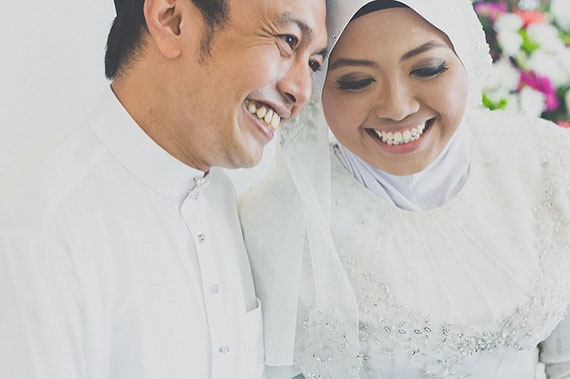
Photo by Joe Zakaria Desire Commit Satisfaction; ISO 400, f/2.8, 1/00-second exposure.
The methods you employ before the day of the wedding and the equipment you need may be quite different from those of other forms of photography, so the following checklist may prove invaluable.
Interviewing the Clients
Having a questionnaire prepared beforehand is a necessary aid in interviewing the bride and groom. It both ensures that you don’t forget any major details and adds a nice professional touch. The questionnaire should ask for information regarding the following:
- the wedding and reception venue(s) and any related restrictions
- the location where the bride will be preparing
- important times
- as complete a schedule as possible, such as the wedding ceremony start time and duration, the reception, when the bride will begin preparing, etc.
- any religious affiliations and resulting restrictions that may apply
It’s also important to find out the types of specific shots that they will require. Do they want group shots? If so, who will these include? Will it be the bride and groom with the wedding party, with their separate families, or other special combinations?
Always take the time to ask the couple if they have any specific needs or desires that they wish to communicate. They must feel that you understand that this day is all about them, and that you are flexible and adaptable based on their unique situation. This interview is absolutely essential to the process, as it allows you to be fully prepared when the moment of truth arrives.
Scouting Locations
Scouting the venues is useful on many levels. It allows you to ascertain travel times between locations, it gives you the opportunity to check out the available lighting, which will permit you ample time to find solutions to any lighting challenges that will arise, and it allows you to find the best spots to position yourself and any second or third shooters you may have.
Take the time to speak to the staff at these locations to find out if there are any limitations or requirements of which the bride and groom were not aware. This can save some serious frustration.
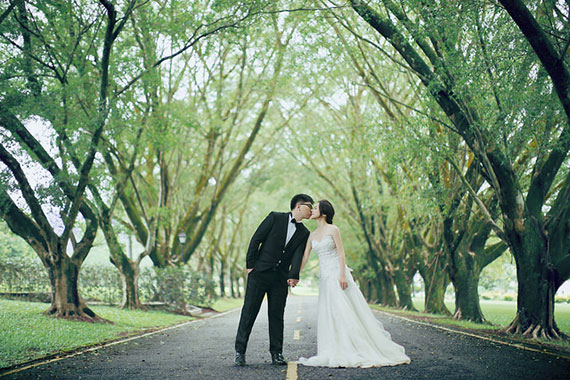
Photo by Zih-Yang Lin
Creating a Schedule
Prepare a schedule for yourself so you know exactly when you have to be at each location and exactly what you should be doing at these locations. Leave yourself some breathing room by arriving early, and be ready for any unexpected changes that may arise. Although the ideal wedding would go off without a hitch, plan for it to be anything but ideal so that any surprises don’t completely render your schedule obsolete. Have a shot list on hand (preferably memorized) that lists all of the necessary shots at each location and within a given time frame. The last thing you want is to get home, start processing, and realize that you forgot to shoot something that was specifically requested.
Preparing Equipment
This short checklist will give you an idea of the essential gear that you should have on hand at every wedding. Note that there is definitely other useful equipment to have. This list is what I take to be the bare minimum:
- a camera and spare camera body–you never know what will happen
- an assortment of lenses is another must have. My top three: 70–200mm f/2.8 – I find this lens to yield excellent image quality and have an optimal focal length range for this specific type of event; 85mm f/1.2 – this lens produces beautiful background blur and allows action-stopping and hand-holding in darker conditions. I love it; 100mm f/2.8 macro lens– perfect for close up detail shots—it has superb image quality and a useful focal length
- speed lights and light stands, as well as an umbrella
- tripods
- reflectors
- extra batteries
- extra memory cards
- a laptop for the reception slide show (if there will be one), or to upload your images onto in the event of needing to clear your memory card
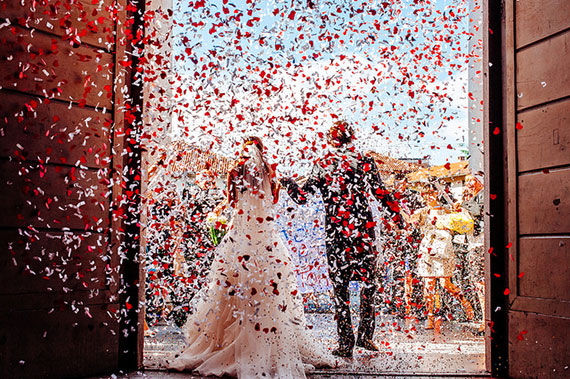
Photo by Alessandro Avenali
The only thing I would add to this list is a person to keep track of gear while you’re out there trying to secure those pristine images.
Like I said, there is much room for adding practices and equipment to this list, but I think that it can be used as a minimal guideline in ensuring that you have at least the absolute essentials for your wedding shoot.
About the Author:
Natasha Ferguson is the owner and primary photographer for Natasha Vaughn Photography in Calgary AB, Canada, where her online gallery and services can be accessed. Natasha is a great lover of all things photography and brings many years of experience to her work.
Like This Article?
Don't Miss The Next One!
Join over 100,000 photographers of all experience levels who receive our free photography tips and articles to stay current:

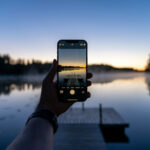
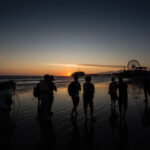
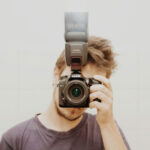

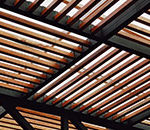
Wedding is a special event which needs a proper planning and execution.Wedding photography is also one of the important part of any wedding ceremony. so if you have a checklist of all the things which you will do in your wedding ,it will be very helpful for you to manage it.
Same applies to wedding photography as well ,if wedding photographer have a checklist, it will help to get the things at the right place.